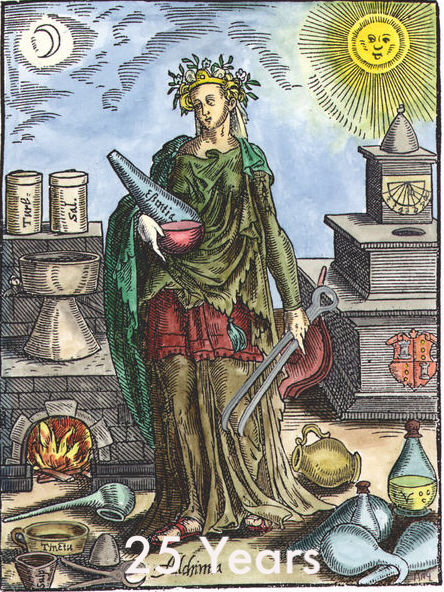Trade up for wine value – how to use vinonomics
Post Budget 2020, this infographic from Bibendum is now the best I’ve seen that demonstrates why it’s well worth spending just a little more on your bottle of wine when buying retail. It’s time to trade up and get more value for money! So am I perverse in encouraging you the spend more on a bottle of wine?
Well, cynics might say, “yes, fat chance of that”. But there is a straightforward, rational economic reason to trade up that’s worth considering. It’s hardly a new revelation; I just think it’s an excellent time to highlight it again. Call it Vinonomics; spending a little more in-store or online will almost certainly bring you far more pleasure in your glass because the quality difference is likely to be enormous. Here’s why.
A small trade up means a big quality difference
UK duty and tax rates make wine sold in Britain more expensive than in, for example, most of Europe. Every UK government knows that the easiest way to increase government income in the Budget is to raise the duty paid on cigarettes and alcohol, informally known as sin taxes. Such products are inelastic – raising the price doesn’t result in much of a drop in consumer demand. Also, the UK does not have an extensive wine industry to protect (unlike say, for beer and spirits). Consequently, though the drinks industry lobbyists will always campaign to get duty reduced, often the best they can hope for is no increase, as with the latest Spring Budget 2020.
Hence, on a regular bottle of still red, rosé or white wine under 15% abv you’ll pay £2.23 in duty as a fixed cost. For Sparkling wine, the duty rate is £2.86, and for a more potent fortified wine like Port, it’s £2.98.
Then on top of that duty, don’t forget you’ll pay an additional 20% VAT (sales tax) on the bottle price.
The result is that you pay a fixed duty cost plus taxation on every bottle you buy, whether its supermarket plonk at £4.99 or Romanee-Conti at £25,000.
It’s Vinonomics!
And, like-for-like, wine production costs are similar too. Primary winegrowing, marketing, packaging, transport and sales costs do, of course, vary from business to business and from region to region but are remarkably alike. Again, companies can reduce these, perhaps by using technology, bulk transport or large economies of scale. Sometimes there are benefits or disadvantages from currency exchange rates too. However, these activities nibble away at the edges rather than achieve fundamental differences in cost structures. Some wines do have higher production costs, say through using complicated or longer processes, so you do need to compare like-with-like.
The sheer number of wines available mean that competition for our hard-earned is intense. So, unless you are one of the fortunate few that can claim a high price through luxury branding or high demand, margins are cut to the bone. As usual, it is the supermarkets that have the most distribution power, with thousands of wines trying to get limited shelf-space. That means its commonplace that they pay a trade price of less than 1-2 Euro per bottle at the winery. The producer sees very little!
What’s the value of the wine in the bottle?
So what’s the value of the wine inside the bottle? Let’s take another look at the infographic.
So let’s apply this situation to those wines we buy most frequently, with the average UK bottle price now being £6.09. At this price, the value of the wine in the bottle is just 94 pence, i.e. the wine is only 15% of the price you pay. However, at the £10.00 price point, the wine value has risen to £2.70 or 27% of the bottle price. Pay £20.00, and the wine component is worth £7.03 (35%). I’m assuming all other costs are equal. And by this, I mean ignoring any “special” promotions, supermarket “loss-leaders”, moving on end-of-line or bankrupt stock or seasonality.
Going the other way, that means that that the value of the wine in a £5.00 bottle is only 31 pence! In short, simple maths show that the quality of the wine increases rapidly by spending just a few pounds more.
Find the sweet spot
The sweetest spot for us to benefit most in quality terms is therefore in the £6 – £15 price range. Example: if you spend £10 rather than £5, that’s a 50% increase in price. However, in return for that extra fiver, you’ll get an 870% increase in wine value. Again, all things being equal, that should give you a far superior wine. Hence, you will taste the difference with a trade-up!
QED, M’lud
Try a trade up and let me know your experiences!
The original article from 2016 was updated after the Spring Budget in March 2020 and republished


